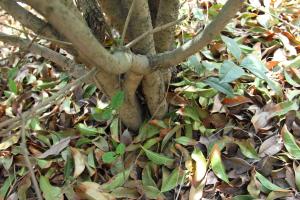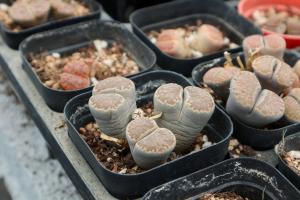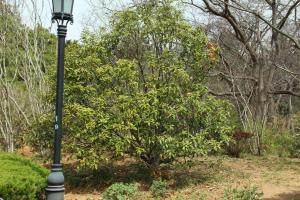How to Trim Dead Branches on House Plant Tree
Trimming dead branches on house plant tree is an essential maintenance task to keep your plants healthy and thriving. Dead branches not only mar the aesthetic appeal of the plant but also consume valuable resources that could otherwise have been used for the healthy growth of the plant. In this article, we’ll guide you through the process of trimming dead branches on your house plant tree with ease.
Step-by-Step Guide to Trim Dead Branches on House Plant Tree
Follow these simple steps to trim dead branches on your house plant tree successfully:
Step 1: Identify Dead Branches
The first step in trimming dead branches is identifying them. Dead branches are usually dry, brittle, and appear lifeless. If you notice leaves on the plant turning brown or drying, examine the branches they are attached to. To ensure you’re not cutting off live branches, scratch the bark of the branch gently to check if it’s green underneath. If the bark is brown or black, it’s an indication that the branch is dead.
Step 2: Get your Tools and Equipment Ready
The tools you choose must be sharp, clean, and sterilized. Sterilization is necessary to prevent the spread of diseases or pests from an infected plant to a healthy one. You’ll need pruning shears or a pair of scissors to cut the branches. Have a ladder on standby if your plant is too tall.
Step 3: Make the Cut
Cut the identified dead branch near the point of origin – the stem or the trunk. Ensure that you don’t cut too close to the attachment point, as this can damage the stem or the trunk. For a clean cut, hold the pruning shears or scissors at an angle, about 1/4 inch above the nearest bud, node, or lateral branch. This will help in stimulating new growth.
Step 4: Clean Up
After making the cut, remove the dead branches from the plant and clean up the area around it. Removing dead branches from the plant helps to let the healthy ones get proper sunlight and air circulation, further promoting their growth.
Step 5: Disinfect Your Tools
After trimming, the next step is to disinfect your tools. Dip the blades of the pruning shears or scissors in a solution of water and bleach (use one-part bleach to nine parts water). Let the blades soak for five minutes before rinsing them and drying with a clean cloth. This will help to kill any bacteria or fungus present on the tools.
Precautions to Take While Trimming Dead Branches on House Plant Tree
While trimming dead branches on your house plant tree is necessary, you should take precautions to avoid damaging the plant. Here are some crucial things to keep in mind:
Don’t cut live branches – check carefully for signs of life before making a cut.
Use sharp, clean, and sterilized tools to prevent the spread of infections.
Don’t cut too many branches at once, as this can stress the plant and slow down its growth.
Be mindful of the size and location of the branches – avoid cutting too many big branches that may mar the plant’s aesthetic appeal.
Following these precautions will ensure that you don’t harm the plant while trimming dead branches and that it stays healthy and thriving.
Conclusion
Trimming dead branches on house plant tree is necessary for maintaining the plant’s health and encouraging its growth. By following these simple steps, you can trim the dead branches on your house plant tree without harming the live ones. Remember to take precautions and disinfect your tools to prevent the spread of infections. With proper maintenance and care, your house plant tree can thrive and enhance the aesthetic beauty of your living space.

 how many times do yo...
how many times do yo... how many planted tre...
how many planted tre... how many pine trees ...
how many pine trees ... how many pecan trees...
how many pecan trees... how many plants comp...
how many plants comp... how many plants can ...
how many plants can ... how many plants and ...
how many plants and ... how many pepper plan...
how many pepper plan...































